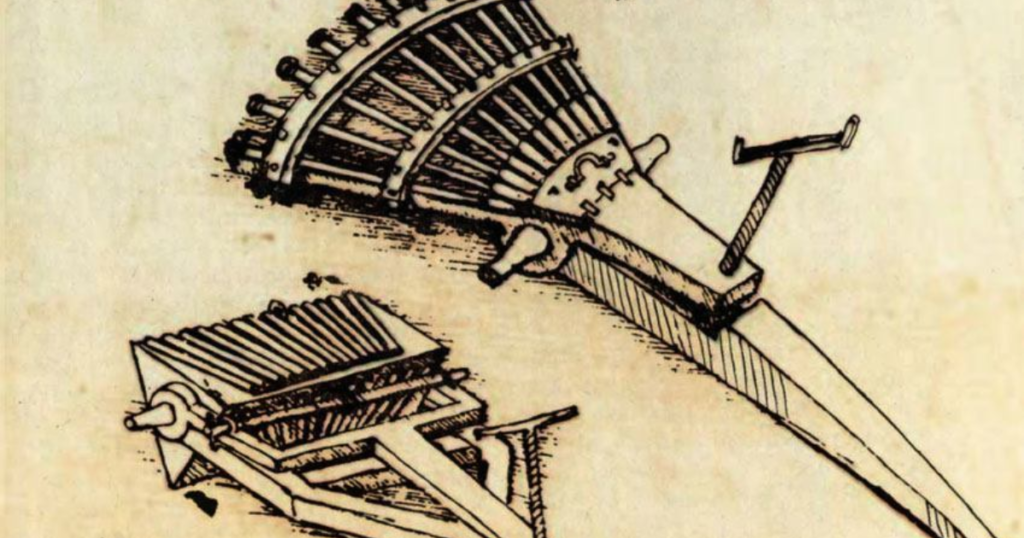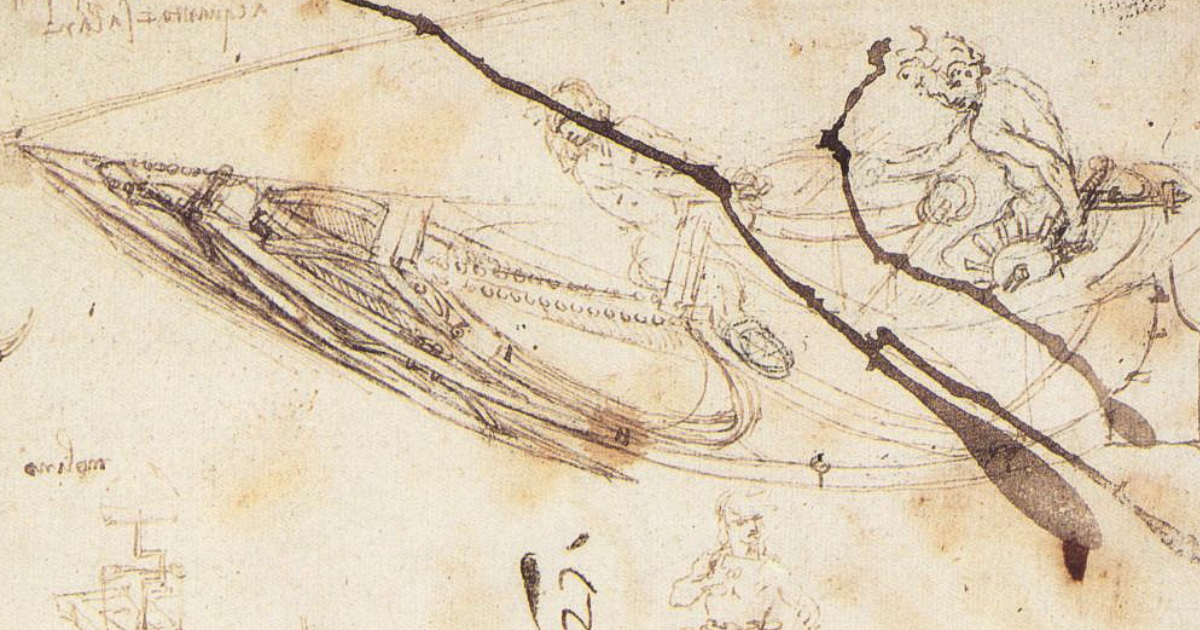Introduction
Leonardo da Vinci, one of history’s greatest polymaths, is renowned for his artistic masterpieces like the Mona Lisa and The Last Supper. However, his genius extended far beyond art—he was also an inventor, engineer, and scientist. His notebooks, filled with intricate sketches and groundbreaking ideas, reveal a mind centuries ahead of its time. Many of his inventions were never built, lost to history or deemed too advanced for his era. This article explores some of Leonardo da Vinci’s most fascinating lost inventions and their potential impact on modern technology.
The Ornithopter: A Flying Machine Inspired by Birds
Centuries before the Wright brothers took to the skies, Leonardo da Vinci envisioned human flight. His sketches of the ornithopter, a winged flying machine modeled after birds and bats, showcased his deep understanding of aerodynamics. The device consisted of large, movable wings powered by human effort. While it was never constructed, da Vinci’s ideas laid the foundation for later studies in aviation. Some modern engineers have attempted to reconstruct his designs, proving that his understanding of lift and propulsion was far ahead of its time.
The Armored Tank: A War Machine Ahead of Its Time
Leonardo designed a multi-directional armored tank that resembled a giant turtle. Equipped with cannons on all sides and maneuvered by a system of cranks and gears, this invention could have changed warfare had it been built. However, due to mechanical flaws—some believe intentional errors added by da Vinci to prevent misuse—his design never materialized. The concept, however, inspired future military vehicles, including modern tanks. Recent studies of his blueprints suggest that minor modifications could have made his tank functional, and modern reconstructions have been successfully tested.
The Self-Propelled Cart: The First Automobile?
Long before the advent of motorized vehicles, da Vinci conceptualized a self-propelled cart. This design featured a complex system of springs and gears, making it one of the earliest known concepts resembling an automobile. Recent reconstructions of his plans have shown that it could indeed function, proving that da Vinci’s mechanical foresight was far ahead of his time. His cart design remains an important milestone in the history of automated transportation.
The Diving Suit: Exploring the Depths of the Ocean
Among Leonardo’s many remarkable ideas was a diving suit designed for underwater exploration. Made of leather and equipped with breathing tubes connected to floating air reservoirs, this suit could have enabled Renaissance divers to conduct underwater missions. His understanding of pressure and buoyancy foreshadowed the modern scuba suit, which emerged centuries later. Some historians speculate that if his designs had been implemented, naval warfare and underwater exploration might have advanced much earlier.
The Robotic Knight: A Mechanical Marvel
Leonardo also designed an automaton, or robotic knight, which could sit, wave its arms, and move its head. This 15th-century humanoid robot operated using a system of pulleys and gears, showcasing da Vinci’s expertise in mechanics and robotics. His work in automation foreshadowed modern robotics, influencing future innovations in artificial intelligence and machine design. Some experts believe his designs could be modified and replicated using modern engineering principles.
The Ideal City: A Vision for Urban Planning
Leonardo da Vinci proposed a revolutionary design for an ideal city that emphasized hygiene, efficient transportation, and better living conditions. His city plan included wide, elevated streets for pedestrians and underground channels for waste disposal—concepts that align with modern urban planning principles. While never built, his ideas influenced the evolution of city infrastructure. His architectural visions continue to inspire sustainable urban development initiatives today.

The Parachute: A Leap Towards Skydiving
Leonardo’s parachute design, consisting of a pyramid-shaped wooden frame covered in fabric, was meant to slow a person’s descent from great heights. Though it was never tested in his lifetime, modern recreations have proven that his design was functional, showing once again how his ideas were far ahead of his time. The principles behind his parachute design have influenced modern skydiving and aerospace engineering.
The Revolving Bridge: A Portable Engineering Feat
For military and civil use, da Vinci designed a revolving bridge that could be quickly deployed and retracted. Built with a counterweight system, it allowed armies to cross rivers efficiently and retreat when necessary. His innovation in bridge design paved the way for modern portable bridges used in military operations and disaster response. Engineers studying his designs have found that with minor modifications, his bridge concept could still be useful in modern engineering applications.
The Giant Crossbow: A Weapon of Unparalleled Power
Leonardo da Vinci also sketched plans for a giant crossbow, meant to launch large projectiles over great distances. Designed for military use, this massive siege weapon would have had an intimidating presence on the battlefield. While no evidence suggests it was ever built, modern engineers have tested scaled versions and found that the mechanics would have been effective. This invention demonstrates da Vinci’s deep understanding of mechanics and ballistics.
The Water Lifting Device: Aiding Agriculture and Industry
Leonardo also devised several water-lifting devices, intended to assist in irrigation and mechanical water transport. Some of these designs incorporated Archimedean principles but introduced unique innovations to improve efficiency. Had these been implemented, they could have significantly advanced agriculture and industrial water management in the Renaissance era.
Conclusion
Leonardo da Vinci’s lost inventions demonstrate his unparalleled genius and ability to think far beyond his era. While many of his designs were never built or fully realized, they have inspired countless advancements in technology, engineering, and science. His notebooks serve as a testament to human creativity and the endless possibilities of innovation. Even today, engineers and scientists study his work, proving that da Vinci’s visionary ideas continue to shape the modern world. His contributions extend beyond mere sketches; they provide a blueprint for human ingenuity that continues to inspire new generations of inventors and researchers.
